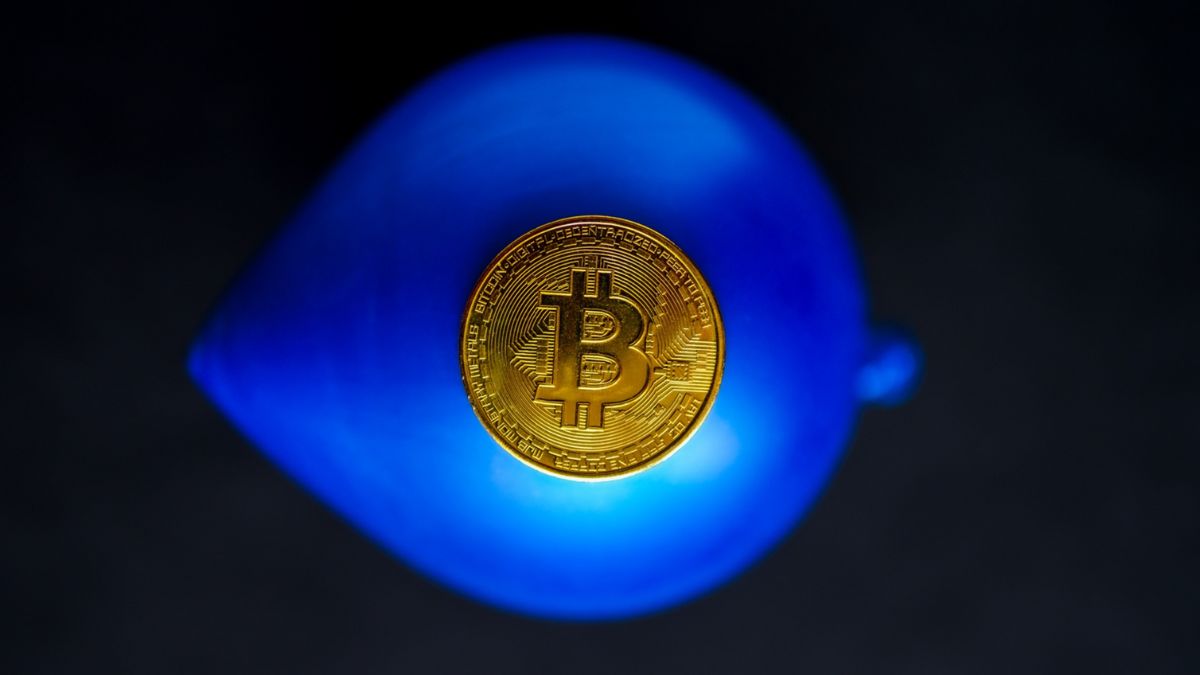NFTs and cryptocurrency are often mistaken for each other. Both are functioning well in the market. There is news about people earning huge amounts of money because of NFTs or cryptocurrency prices fluctuating thanks to the influence of famous people like Elon Musk.
People who are not familiar with the two might assume that both concepts are one and the same. However, while NFTs and cryptocurrency have some similarities, they are not the same thing. To understand the differences between the two, let us first define them to pinpoint what makes them different.
NFTs Defined
The term NFT stands for ‘non-fungible token.’ Something is non-fungible when it is unique and cannot be replaced by something else. In other words, an NFT has a unique value that cannot be swapped for another item that has the same value.
NFTs are digital, and most of these are in the form of digital art. Recently, a 12-year-old boy earned more than $160,000 selling an NFT collection with an 8-bit blue whale stock photo.
Popular icons and famous brands have entered the world of NFTs, such as Tesla and SpaceX CEO Elon Musk, singer Katy Perry, luxury fashion brand Dolce and Gabbana, and football player Tom Brady. There are unverified rumours about the development of an NFT platform by Instagram.
Cryptocurrencies Defined
A cryptocurrency is a virtual or digital currency that utilises cryptography to enable secured and verified transactions on a blockchain. Cryptocurrencies are largely known for being decentralised. As reminded on www.immediate-edge.io one of the major advantages of cryptocurrency is the fact there is no intermediary which means transaction are completed instantly.
Bitcoin, LiteCoin, Bitcoin Cash, Cardano, Polkadot are some examples of cryptocurrencies.

Cryptocurrencies utilise a peer-to-peer system which allows people to send and receive payments. When people engage in crypto financial operations, a public ledger records these transactions. Thus, the blockchain keeps a record of every single action involving its corresponding cryptocurrency.
Cryptocurrency is usually fungible, which means that one coin can be exchanged for another coin. For example, the first cryptocurrency, Bitcoin, is fungible, which means that any one bitcoin in person A’s wallet can be exchanged for a bitcoin in person B’s wallet and it won’t make any difference for either of them. Similarly, an ether can be traded for another ether without any issues.
Other kinds of cryptocurrencies are available in the market too. One of these is Binance Coin which is Binance Exchange’s payment cryptocurrency. Binance Exchange is considered one of the most popular exchanges in the world and has created a lot of value for its native cryptocurrency thanks to the utility it brings to the Binance ecosystem.
Similarities Between NFTs and Cryptocurrencies
NFTs and cryptocurrencies are similar because both use the blockchain to store digital records. NFTs are supported by the Ethereum blockchain.
Another similarity is that both NFTs and cryptos remain unregulated by central banks and governments. However, there have been actions to try to regulate said industries.
Both NFT and cryptocurrency are volatile. However, this is where their similarities end. They differ from where their values are obtained. Crypto depends on market fluctuation, while NFTs depend on asset value.
Deciding on Which is Better: NFT or Cryptocurrency

With all of the available information on both NFT and cryptocurrency, a common question is which one is a better investment option for a newbie trader. As discussed above, both have unstable volatility. But is one better than the other?
Cryptocurrencies have been in the limelight because regulators and anti-crypto individuals point to cryptocurrencies as high-risk assets. For the most part, that is very true. However, with high risk, there is also the possibility of a high reward. This explains why so many people choose to ignore the dangers and engage in trading cryptocurrencies.
However, there are some cryptocurrencies whose purpose is stability, and these are stablecoins. Their main characteristic is that they have much lower volatility compared to other coins such as Ethereum and Bitcoin. The USD Coin and Tether are some examples of stablecoins. Their value is equal to the value of the US dollar. It’s precisely this pegging of their value to a real asset that ensures they are not volatile.
On the other hand, people who are inclined to collect art could earn from digital art through NFTs. Artists and traders could benefit from the creative outlets that NFTs enable. However, this complexity can discourage some people who might find it too difficult and time-consuming to design NFTs.
Ultimately, the answer to the question lies in the trader’s motivation, willingness, and reason to risk.
This article is meant to inform and not act as formal investment advice. Please do your own research and have a risk management strategy in place when engaging with the cryptocurrency market.

